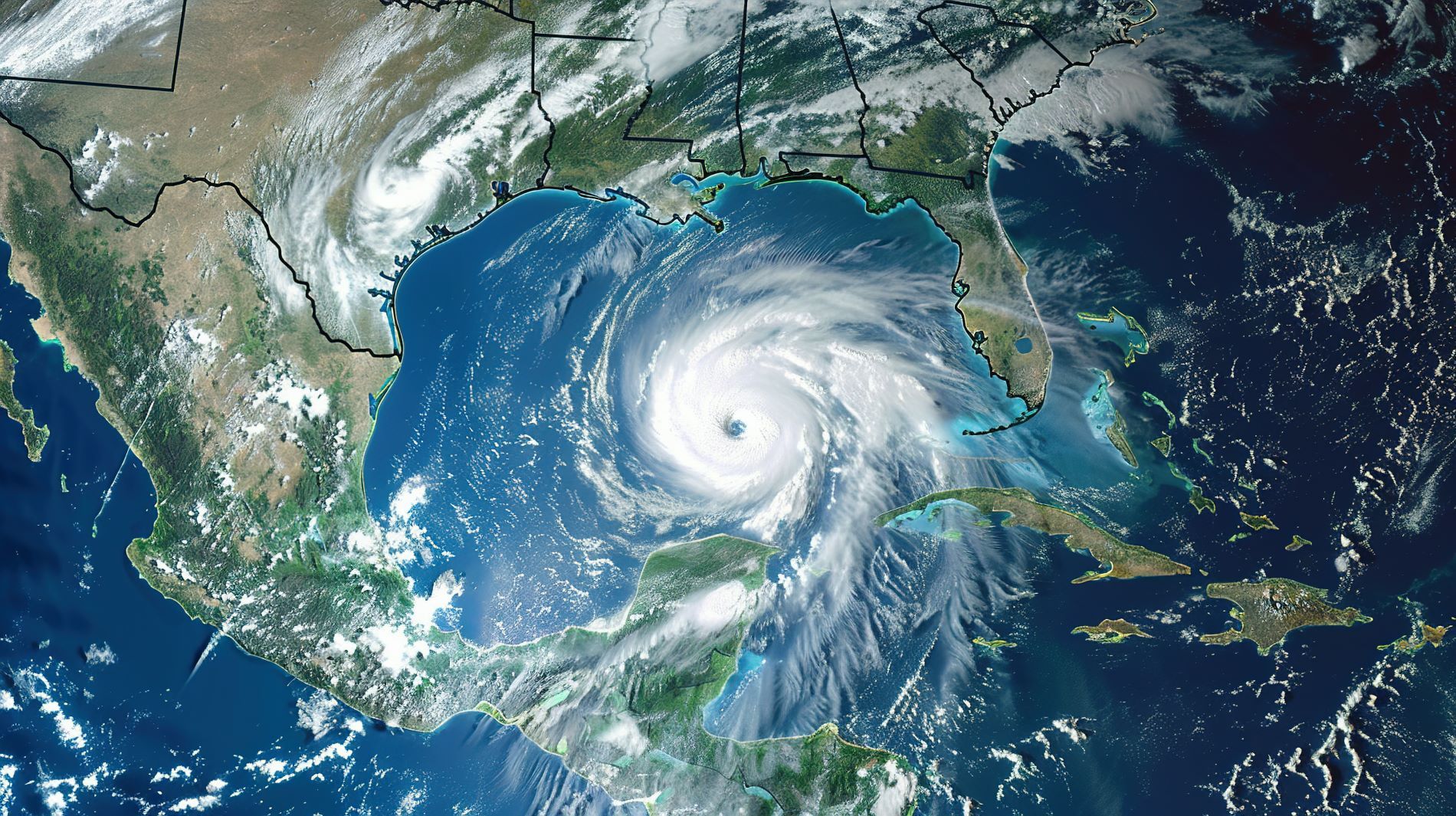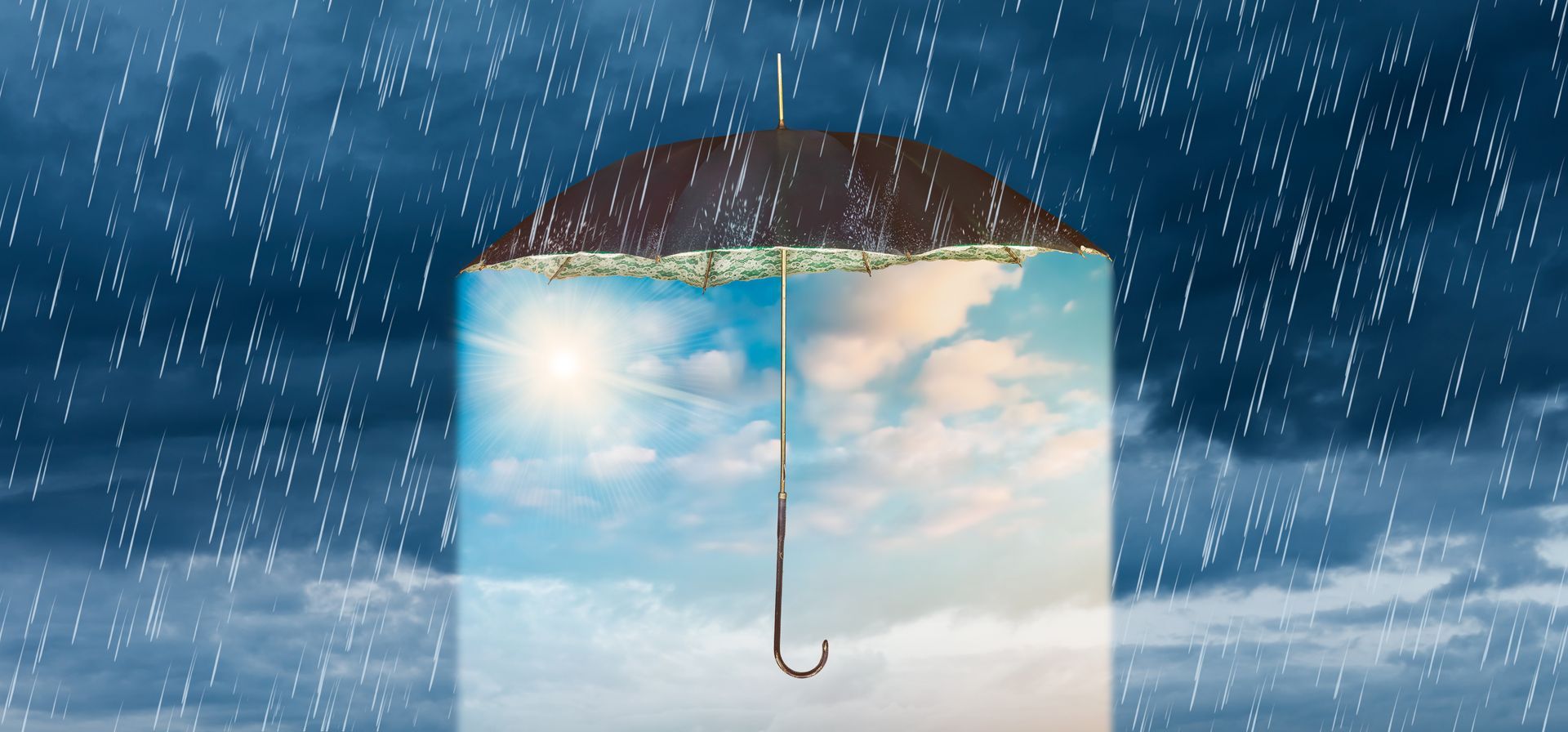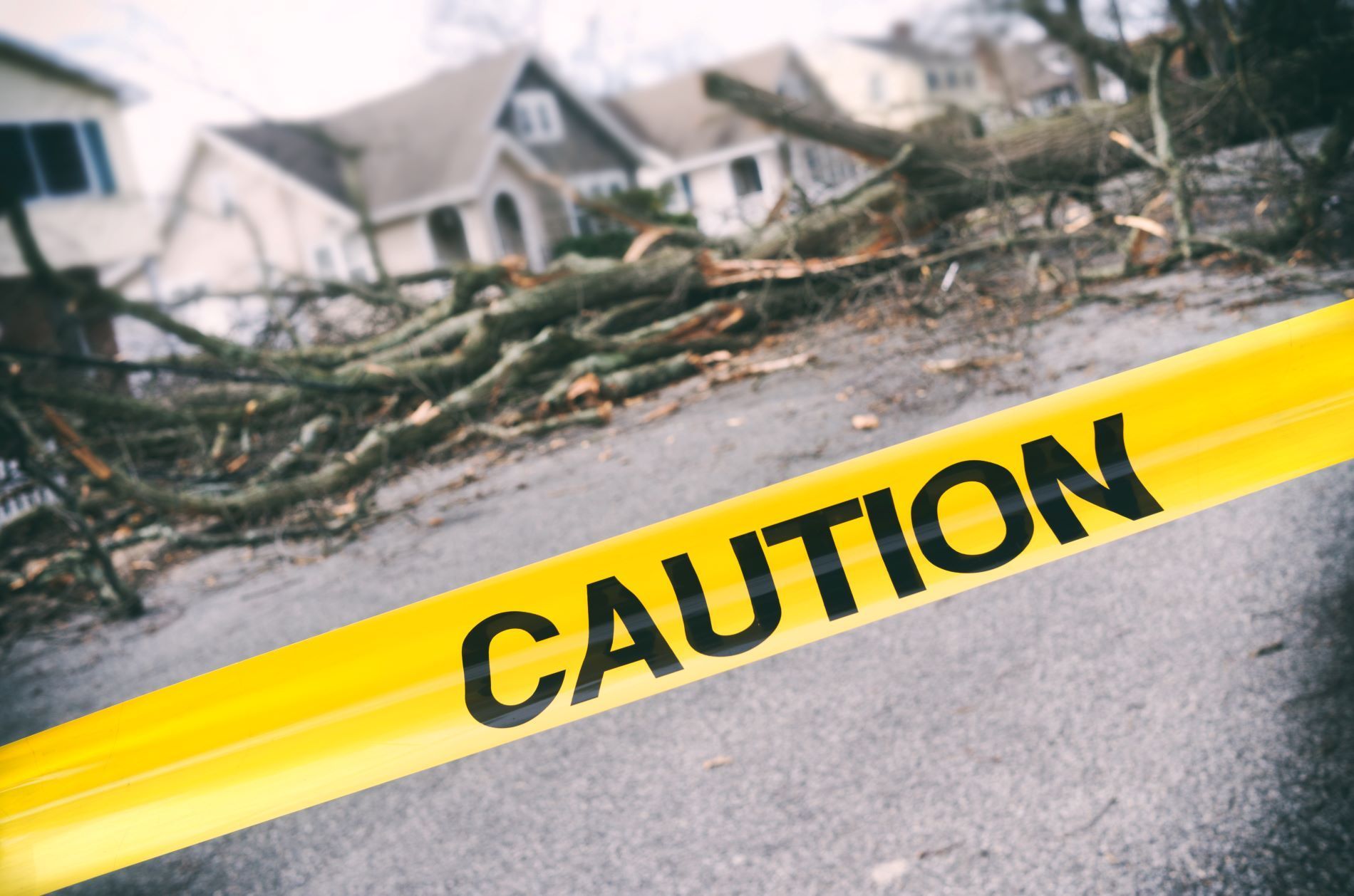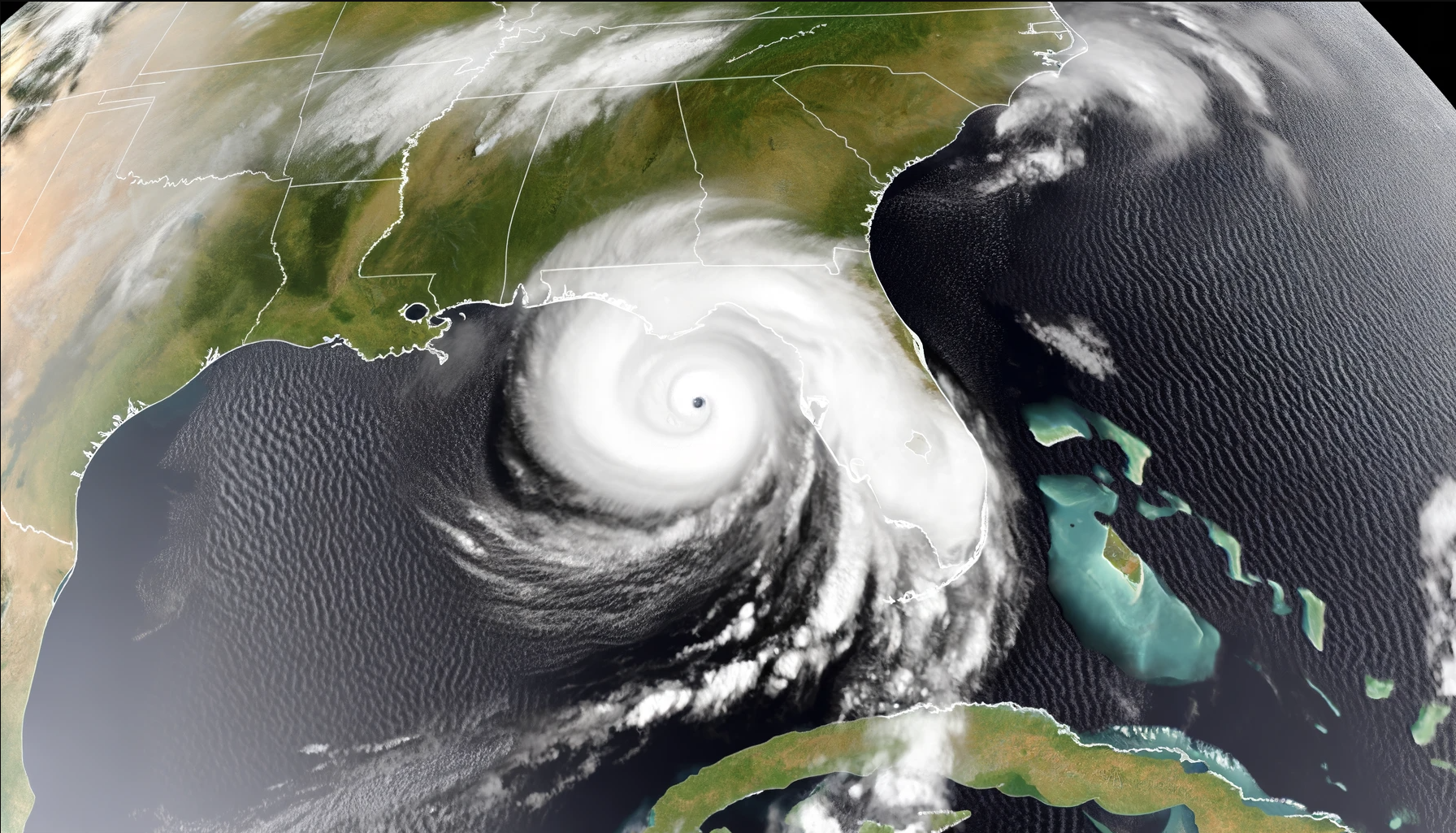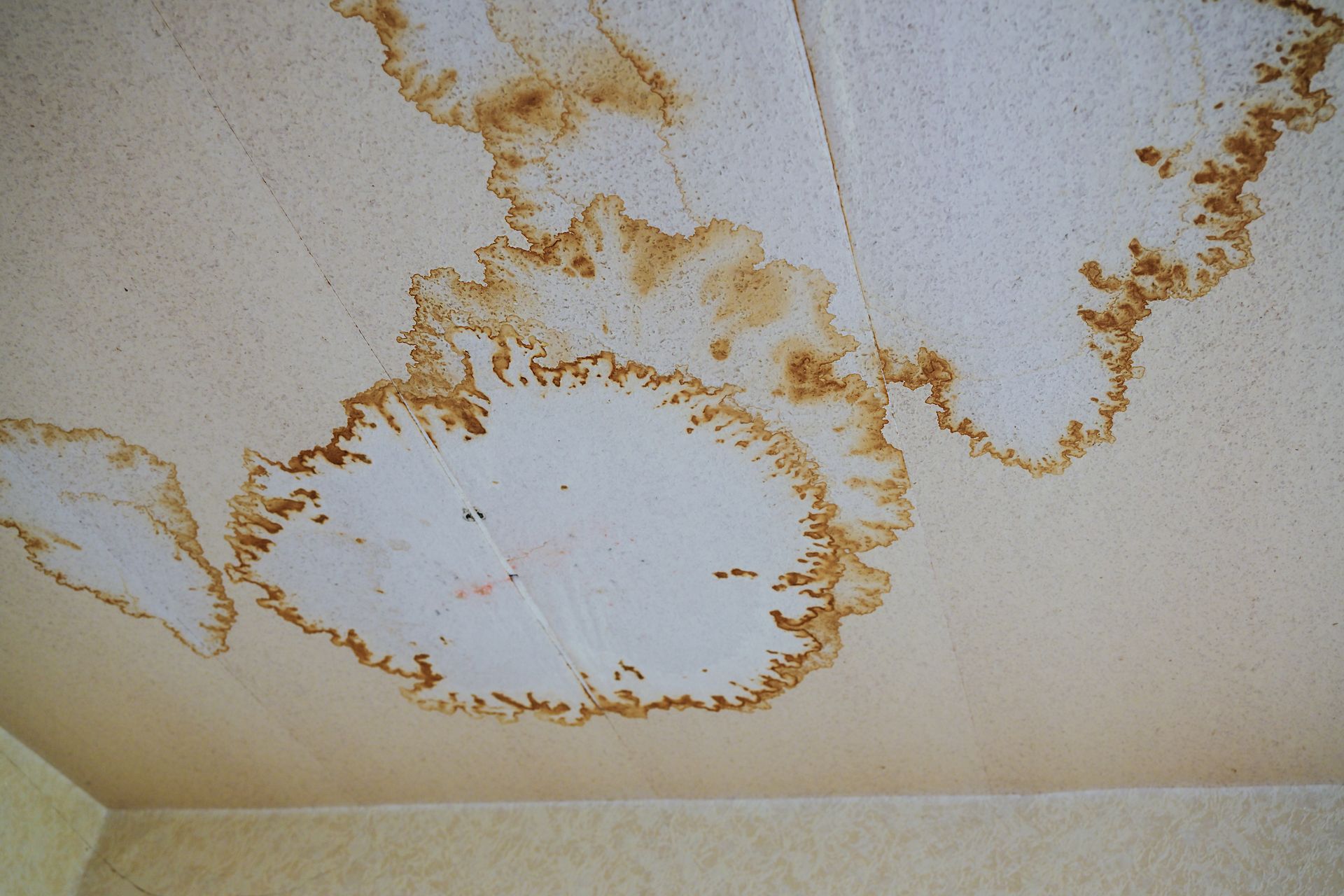High-Risk Homeowners Insurance: What It Is, Who Needs It, and What Impacts Premiums
If you've been labeled “high risk” by an insurer, you're not alone—and you're not out of options. High-risk homeowners insurance is essential for people whose properties face elevated risks due to location, condition, claims history, or certain features. Understanding what affects your premiums can help you regain control and find affordable protection.
⚠️ What Is High-Risk Homeowners Insurance?
High-risk homeowners insurance refers to policies designed for properties or homeowners considered riskier to insure than average. This could be due to the home’s location, age, condition, prior claims, or other factors like credit score or insurance history. In some cases, standard insurance carriers may decline coverage, requiring you to seek alternatives through surplus lines carriers or state-run programs.
🚩 Common Reasons a Home Is Labeled “High Risk”
Your home might be considered high risk for reasons such as:
- 📍 Location: Coastal, wildfire, floodplain, or high-crime areas
- 🧱 Construction: Older homes with outdated wiring, plumbing, or roofing
- 📉 Claims History: Multiple or severe claims, especially within the past 5 years
- 🎠 Property Features: Pools, trampolines, or wood-burning stoves
- 🔐 Lack of Safety Features: No alarms, outdated smoke detectors, or weak security
- 🧾 Low Credit Score or a lapse in previous coverage
Insurers assess risk using a combination of data: your CLUE report, public records, local hazards, and construction details. When your home scores too high on risk, your options may become limited.
🌪️ How High-Risk Status Impacts Your Premium
Once your home is labeled high risk, expect higher premiums and limited carrier options. Here's why your rate may spike:
1. 📍 Location Risk
Homes in hurricane-prone coastal zones, wildfire corridors, or floodplains are costlier to insure due to the frequency of catastrophic claims.
2. 🧱 Age & Construction Materials
Older homes or those built with wood (vs. brick or concrete) have a higher likelihood of damage during storms or fires.
3. 🧾 Claims History
Multiple water, mold, or liability claims—even if relatively minor—can trigger surcharges or denial of standard coverage.
4. 🔐 Safety & Security Gaps
Homes without monitored alarms, impact-resistant glass, or water detection systems are more vulnerable and risk-prone.
5. 💸 Replacement Cost
Premiums are based on how much it would cost to rebuild—not market value. Custom finishes and square footage increase the risk pool.
6. 🎠 Liability Exposure
Pools, trampolines, and even aggressive dog breeds raise the risk of expensive liability lawsuits, requiring higher premiums or special endorsements.
🧾 Coverage Gaps to Watch For in High-Risk Policies
High-risk policies may exclude or limit coverage for:
- Flood damage (requires a separate NFIP or private flood policy)
- Earthquake losses (common exclusion in most states)
- Mold remediation (often capped or denied altogether)
- Detached structures (sheds, garages may need separate coverage)
- Water backup and sewer overflow
Make sure to ask your agent about endorsements to fill these gaps.
🧭 What If No One Will Insure You? Options for the Uninsurable
If you've been denied coverage by multiple carriers, consider:
➤ Surplus Lines Carriers
These non-admitted insurers offer flexible underwriting for complex risks but aren’t protected by state guaranty funds. Examples include Lexington, Lloyd’s of London, and others.
➤ FAIR Plans
The Fair Access to Insurance Requirements (FAIR) Plan is a state-backed option for those who can’t find coverage elsewhere. Limited but essential, these policies offer fire and basic liability coverage.
➤ Excess & Surplus Market Brokers
Independent brokers who specialize in high-risk homeowners insurance can access nonstandard carriers that may not advertise publicly.
💡 How to Reduce Your High-Risk Home Insurance Premium
Here are proven strategies that can lower your premium—even if you're labeled high risk:
- Modernize systems: Replace old plumbing, wiring, and roofing
- Install mitigation tools: Alarms, leak sensors, fire sprinklers, storm shutters
- Raise your deductible: Choosing $2,500+ can lower your premium significantly
- Bundle policies: Home + auto or umbrella insurance = multi-policy discounts
- Improve your credit: In many states, a better credit score reduces your rate
- Minimize small claims: Pay out of pocket for minor damage to avoid surcharge triggers
- Shop smarter: Not all insurers assess risk the same; work with a broker to compare offers
🛡️ State-Specific Challenges in High-Risk Markets
In states like California, Florida, Texas, and Louisiana, the market for high-risk homeowners insurance is tightening. Wildfires, hurricanes, and litigation have driven many insurers to leave or restrict coverage in these regions.
If you're located in one of these high-risk states:
- Seek early renewal quotes—don’t wait for cancellation
- Work with multi-state brokers who understand local challenges
- Be proactive about mitigation credits (e.g., FORTIFIED roofing in Alabama)
✅ Final Thoughts: Protecting What Matters with High-Risk Homeowners Insurance
If your home is classified as high risk, the key takeaway is this: you still have options. With the right high-risk homeowners insurance policy, you can safeguard your investment and ensure financial protection—no matter the circumstances.
While your premium may be higher and the process more complex, staying covered is worth it. By improving your home’s safety profile, minimizing claims, and shopping smart, you can take back control of your insurance future.
